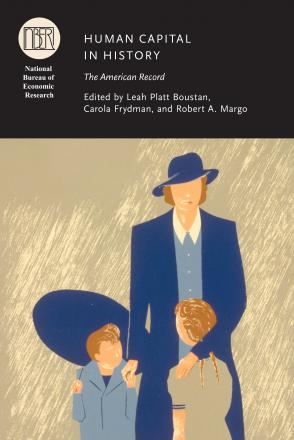A Pollution Theory of Discrimination: Male and Female Differences in Occupations and Earnings

Occupations are segregated by sex today, but were far more segregated in the early to mid-twentieth century. It is difficult to rationalize sex segregation and "wage discrimination" on the basis of men's taste for distance from women in the same way differences between other groups in work and housing have been explained. Rather, this paper constructs a "pollution" theory model of discrimination in which occupations are defined by the level of a single-dimensional productivity characteristic. Because there is asymmetric information regarding the value of the characteristic of an individual woman, a new female hire may reduce the prestige of a previously all-male occupation. The predictions of the model include that occupations requiring a level of the characteristic above the female median will be segregated by sex and those below the median will be integrated. The historical record reveals numerous cases of the model's predictions. For example in 1940 the greater is the productivity characteristic of an office and clerical occupation, the higher the occupational segregation by sex. "Credentialization" that spreads information about individual women's productivities and shatters old stereotypes can help expunge "pollution."


